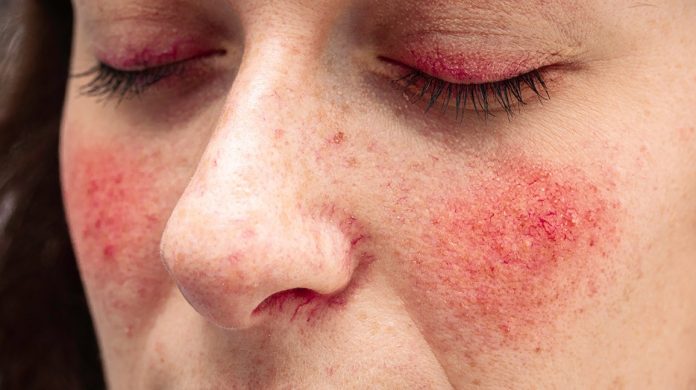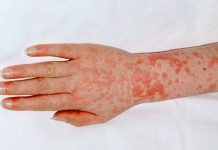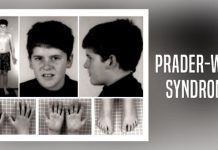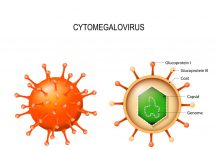Rosacea (“roh-ZAY-sha”) is a chronic inflammatory condition affecting primarily the facial skin, although the scalp, neck, ears and chest may be involved in some cases. While it is estimated 14 million Americans suffer from this condition, the majority are unaware they have it. Rosacea is commonly mistaken for adult acne.
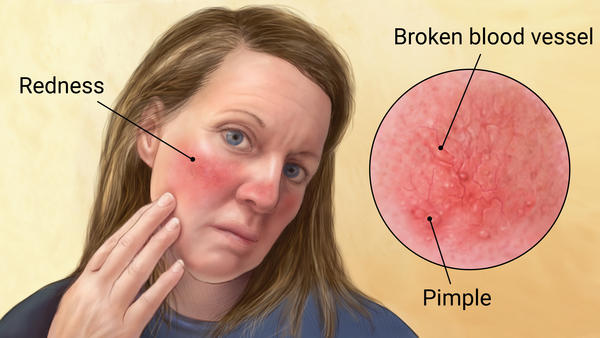
Those at higher risk of developing rosacea are light-skinned women between the ages of 30 and 50. It is believed that dark-skinned women also suffer from this disease, but not in the same proportion as light-skinned women. Women are diagnosed at 2 to 3 times the rate of men, however, men tend to have the more severe symptoms.
Rosacea is characterized by a tendency to flush or blush and possibly followed by high color, redness or ruddiness of the nose, cheeks, chin and forehead. This may be accompanied by visibly swollen blood vessels and pustules with the absence of whiteheads and blackheads. In time the skin may become inflamed and the eyes affected. Rosacea is a cyclical disorder with flare-ups and remissions, although in some people it tends to worsen over time, especially if left untreated.
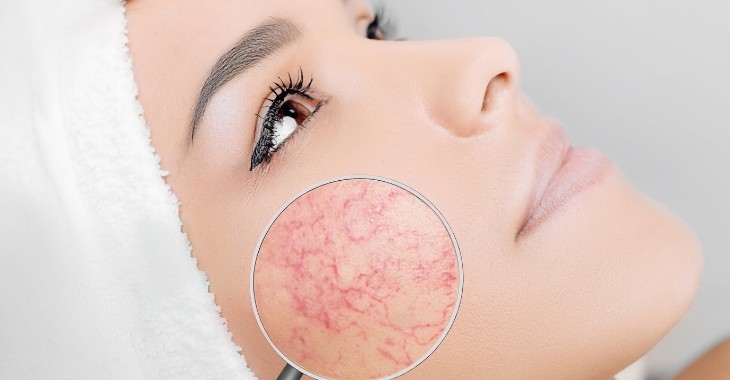
The cause of rosacea is unknown. There are theories the Helicobacter pylori bacterium and Demodex mites, also known as face mites, may play a part in the origin of rosacea but this is unproven. Also, it is thought there may be a hereditary component.
Rosacea manifests in four different subgroups or stages, which are defined as common patterns of symptoms:
- Erthematotelangiectatic (red face): Persistent redness with flushing and blushing. Blood vessels may be visible;
- Papulopustular: Acne-like pimples or bumps appear. Whiteheads or blackheads are not present;
- Phymatous: Skin thickens and oil glands enlarge. In particular, the nose may grow larger due to tissue inflammation and collagen deposit;
- Ocular: Eyes and eyelids may redden, eyelids may thicken, eyes may feel dry or burning.
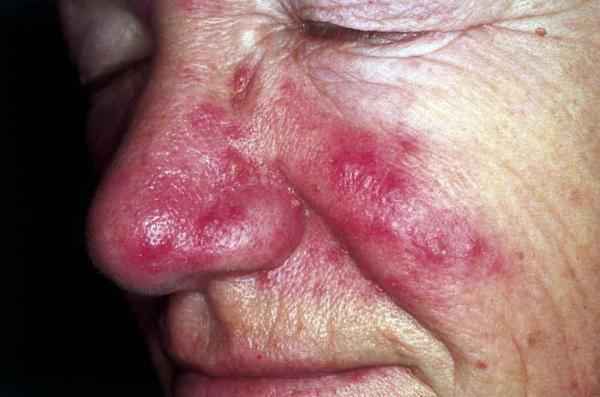
Most people progress stage by stage, however, there are some who are afflicted by the inflammatory subgroup without experiencing the previous subgroups. It is not inevitable progression to the latter stages will occur. Treatment, especially early medical attention, can cause the condition to revert to an earlier stage.
If you are experiencing any of the above symptoms, even just a tendency to flush or blush easily, you should consult your doctor. Early medical intervention may help control the progression of rosacea.
There are no diagnostic tests for rosacea. Diagnosis is based on clinical observations and the patient’s history.
While there is no cure for rosacea, with proper medical attention and patient education, the effects of this potentially disfiguring disorder can be minimized.


